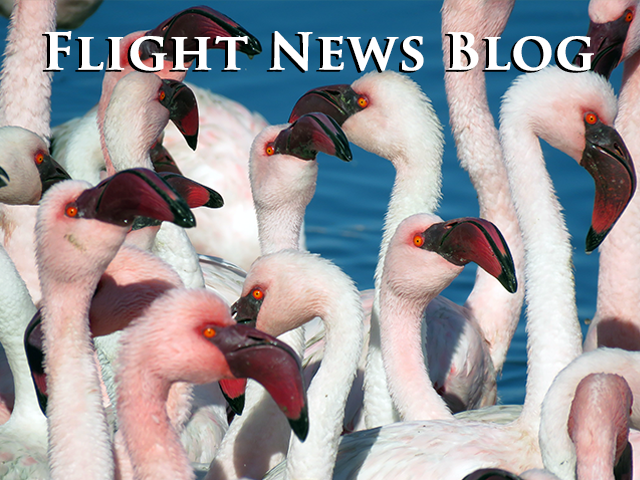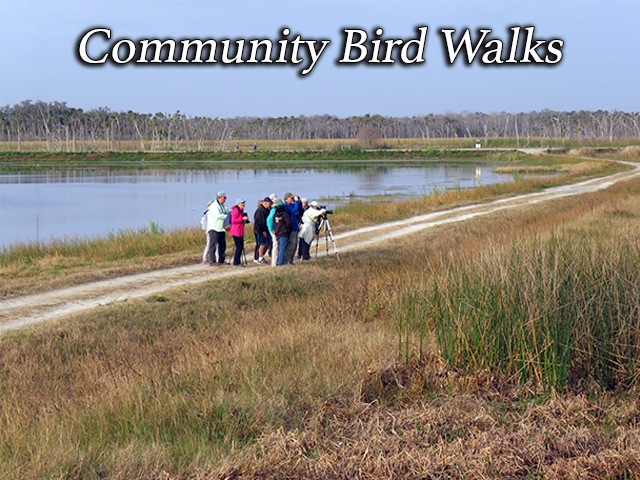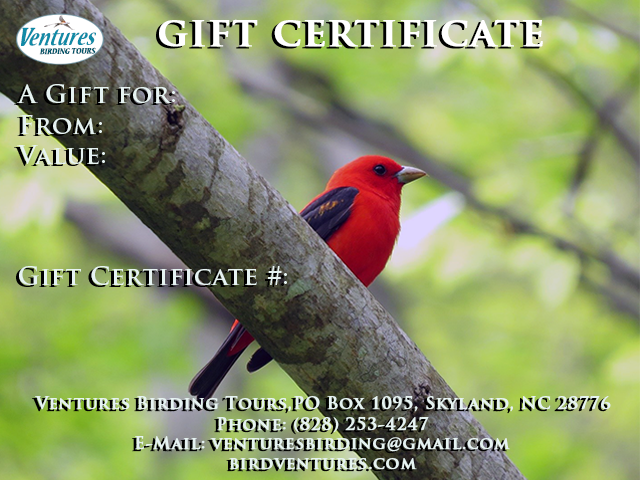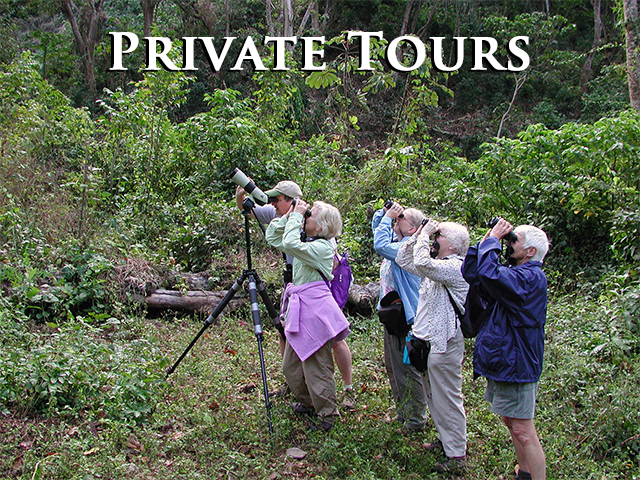Boone Greenway & “Created Wetlands”
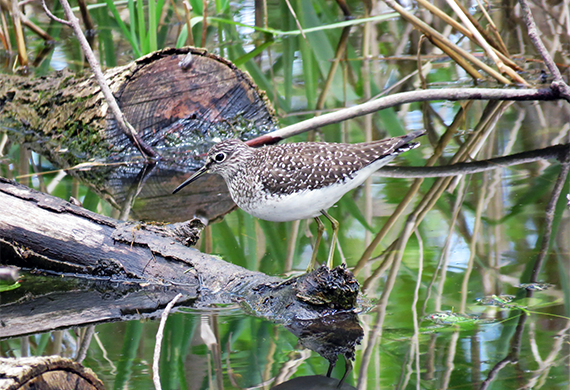
North Carolina
April 29, 2023
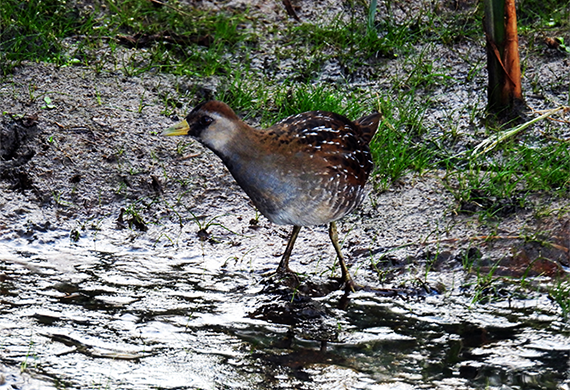
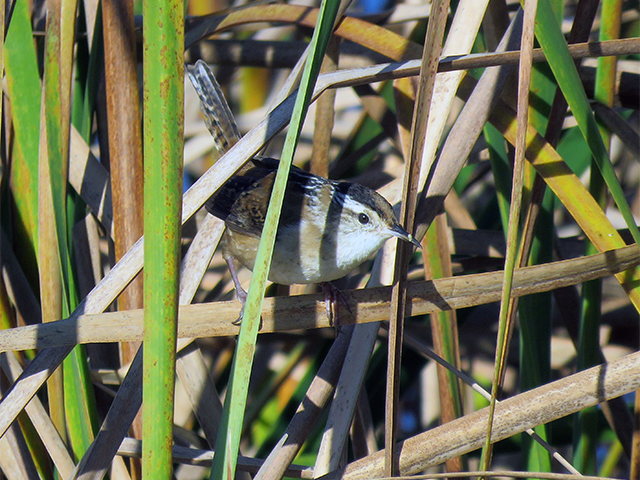
Register by clicking the ‘book now’ button above, or by contacting the Ventures office. We accept credit cards for an additional fee (2.9% for MC, Visa, Discover; 3.9% for AmEx), but you may also pay by bank transfer, cash, check, or money order. This Venture is limited to 10 participants.
Departure: We will meet at the Clawson-Burnley Park parking lot (355 M.L.K. Jr. St, Boone, NC 28607). If you are heading north on highway 321, take a right onto Deerfield Rd as you enter Boone. Take a left onto State Farm Rd. Drive down M.L.K. Jr. St, which will be the first road on the right. In about 1,000 ft, the gravel/dirt parking lot will be on the left. Time: 7:30 AM – 1:00 PM Price: $60
The Greenway is almost entirely flat and paved with the exception of a small section of forested trail. Bring comfortable shoes and expect several miles of easy walking.
The Boone Greenway is a birding gem right in the heart of town. With a variety of habitats to explore, this hotspot doesn’t disappoint when it comes to species diversity. It is the perfect place to greet spring birds as they arrive from their wintering grounds.
The Clawson-Burnley wetlands are one of the highlights of the Greenway. Created to help divert flood water away from the town, the wetlands flourished and became a magnet for birds. Wilson’s Snipe, Sora, Virginia Rail, Yellow Warbler, Green Heron, Swamp Sparrow, and Marsh Wren are possibilities here. The Greenway’s athletic fields attract blackbirds, meadowlarks, sparrows, and Killdeer. We might expect to see Spotted and Solitary Sandpipers along the South Fork of the New River (which, ironically, is one of the oldest rivers in the world). A walk into the forested section of the Greenway will likely produce Blue-headed Vireo and Wood Thrush. Other possibilities include Savannah Sparrow, Northern Waterthrush, and Blue-winged Teal. Some migrant breeders will have arrived in full force - swallows, gnatcatchers, wrens, and more should be very active.


